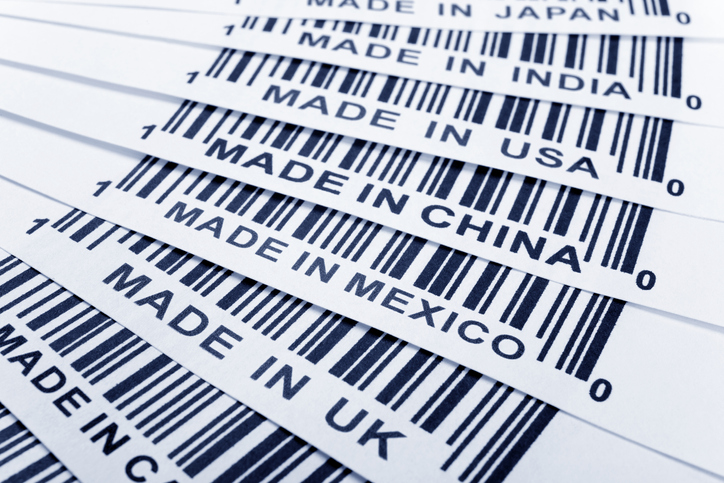 Long before the global pandemic began to take its toll on the world economy, the global growth outlook for 2020 was pessimistic. In late 2019, the International Monetary Fund (IMF) revised its 2019 projections, downgrading the rate of growth to three percent for the remainder of 2019. The organization projected that U.S.-China trade tensions alone would reduce the level of global GDP by 0.8 percent by 2020.
Long before the global pandemic began to take its toll on the world economy, the global growth outlook for 2020 was pessimistic. In late 2019, the International Monetary Fund (IMF) revised its 2019 projections, downgrading the rate of growth to three percent for the remainder of 2019. The organization projected that U.S.-China trade tensions alone would reduce the level of global GDP by 0.8 percent by 2020.
CEOs shared this perspective, with 53 percent projecting a decline in the rate of global economic growth in the 2020 edition of PwC’s annual Global CEO Survey. Like the IMF, the respondents to the PwC survey singled out trade as a major source of uncertainty in the global economy, with 35 percent saying they were “extremely concerned” about the impact of trade conflicts on their organization’s growth prospects.
For supply chain leaders, this volatile new era of economic and trade uncertainty presents many challenges. Consider, for example, the far-reaching impacts of tariffs. During the early weeks of the COVID-19 pandemic, the rush to produce personal protective equipment (PPE) for frontline medical workers illustrates how tariffs can wreak havoc on global supply chains.
In early March, as U.S.-based companies attempted to ramp up production of critical health supplies to meet the urgent need for PPE, the U.S. government slapped 15 to 25 percent tariffs on many components and other essential products manufactured in China. Imports of these parts decreased dramatically, costs soared and production efforts were stalled at a time when the equipment was needed most.
Agile supply chain management is key
If supply chain leaders want to thrive in this new era of trade instability, they have to regularly consider factors such as tariffs, taxation and trade-related legislation in their planning. Yet few are prepared to do that today. A report by Ventana Research, sponsored by Kinaxis, discusses the significant impacts that tariffs, trade regulation and trade imbalances can have on supply chain management models, finding that only 35 percent of companies with 1,000 or more employees say they can react rapidly to changing market conditions.
It also offers guidance on which tools and strategies will give supply chain professionals the agility to address these challenges faster and with greater intelligence so their organizations can maintain market share and profitability and achieve performance targets.
The importance of measuring profitability in the supply chain
Ventana identifies the ability to measure profitability in the supply chain as a key capability for today’s supply chain professionals and one they will need to succeed in this complex new trade environment. To do so, they need to develop a better understanding of the various financial dimensions of the decisions they make, something that’s not easy to achieve. According to Ventana’s research, just 32 percent of larger companies say they can measure profitability well or very well. The report identifies three key cost drivers that are most likely to vary in planning scenarios and which planners should pay particular attention to: currency instability, a volatile trade environment and rising labor costs.
Supply chain automation for more effective management
Intelligent supply chain automation is another critical factor that enables organizations to thrive in an increasingly uncertain world trade environment, according to Ventana. Automation must be complemented by the right software and data, however, to be effective in augmenting the decision-making capabilities of supply chain planners.
Ventana’s research finds that Excel spreadsheets are not an effective tool for supply chain planning and automation. While 77 percent of companies studied reported using spreadsheets for this purpose, 64 percent agreed that spreadsheets make planning more difficult. As well, the report notes, those companies using a dedicated planning application may find that it falls short in some key areas. What’s needed to reassess supply chain options more frequently in uncertain times, according to Ventana, is a sophisticated software solution that “that enables rapid, detailed scenario planning to assess strategic design, sourcing and logistics options.”
Download the full report to learn more: “Winning in the New Era of Trade”





Leave a Reply